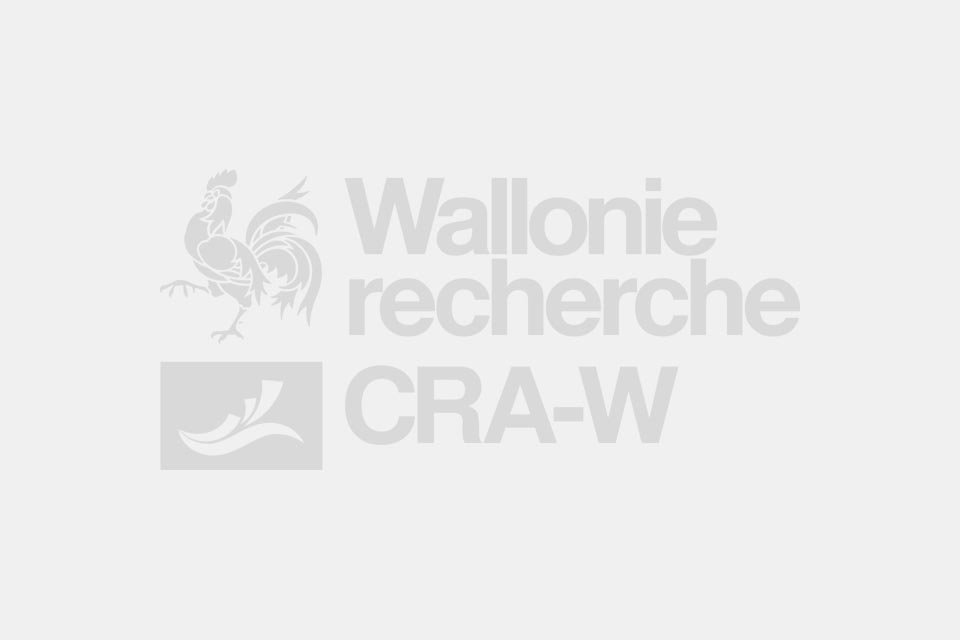Context
In the context of an agriculture increasingly confronted with economic and environmental constraints (in particular the maintenance of the capital ground), the TCS (Simplified Cultivation Techniques) are very often presented as an alternative likely to reduce the costs of establishment of the cultures while reducing the risks of runoff and soil erosion. They consist in decreasing the number of farming steps before seeding and the thickness of the tilled layer. In all the cases it passes by the suppression of the ploughing. Following the progress recorded in designing the seeders, the TCS do not pose any more problems of implementation. In spite of that, their extension remains limited for certain plants rather predisposing for the erosion but unfortunately very sensitive to the soil structure (beet, chicory and maize). For these crops, reduction of soil loosening generates yield losses and less profitability for the farmer. The use of a heavy tine cultivator intended to loosen the entire arable layer on a depth equivalent to that of a conventional ploughing makes it possible to safeguard the potential of production of these cultures. Thanks to this technique, the interest of the not-ploughing on the environmental level is maintained. However, it is not the same from the economic point of view because the use of this type of cultivator requires high powers of traction.Objectives
The first aim of this study aims is to perfect a new strategy to loosen the arable layer and to prepare the seedbed which would make it possible to reconcile reduction of the costs, protection of the ground and maintenance of crop performance. Its principle consists in carrying out soil tillage operations (loosening and seedbed preparation) only to the places of the future rows. This study is also intended to measure the benefits for the culture and the consequences on the economics point of view following the implementation of such a strategy.Expected results
The expected results are:· Economic:
o reduction in the weight and the price of the soil tillage tools;
o reduction implement forces at the time of soil loosening thanks to the use of narrower tines.
· Environmental:
o better erosion control due to residue effects and the absence of any soil failure in the space between two rows;
o possibility to extend the TCS to small enterprises not able to buy a powerful tractor
· Agronomic:
o for sugar beet and chicory, improvement of the morphology of the tap root and, consequently, reduction in the dirt tare;
o maintenance or increase in crop yields thanks to the optimal positioning of the plants.
o less disturbance of the fauna (earthworms) and the microbial biomass.
· Phytotechnic :
o facilitated weed control and limited quantities of herbicides by a drastic reduction in the surface tilled during the seedbed preparation;
o better carrying capacity of soil and reduction in the risks of creation of ruts at the time of harvest and thus more facilities to establish the following culture in TCS.
Results obtained
The first tests made out of beet using a purely mechanical system of positioning prove the feasibility of the technic, which could without any doubt benefit from the progress recorded in technology GPS. They already show that the technic which consists in making coincide the lines of sowing with the exact passage of the tines of a cultivator proves to be interesting for the culture even when the cultivator is equipped with broad tines. With such tines designed to loosen the ground over all the width of the machine, it appreciably improves the regularity of the shape of beets and makes it possible to increase the yields of the culture of about 3 to 4 % compared to a sowing usually carried out by a farmer.Funding
- CRA-W - Walloon Agricultural Research Centre
